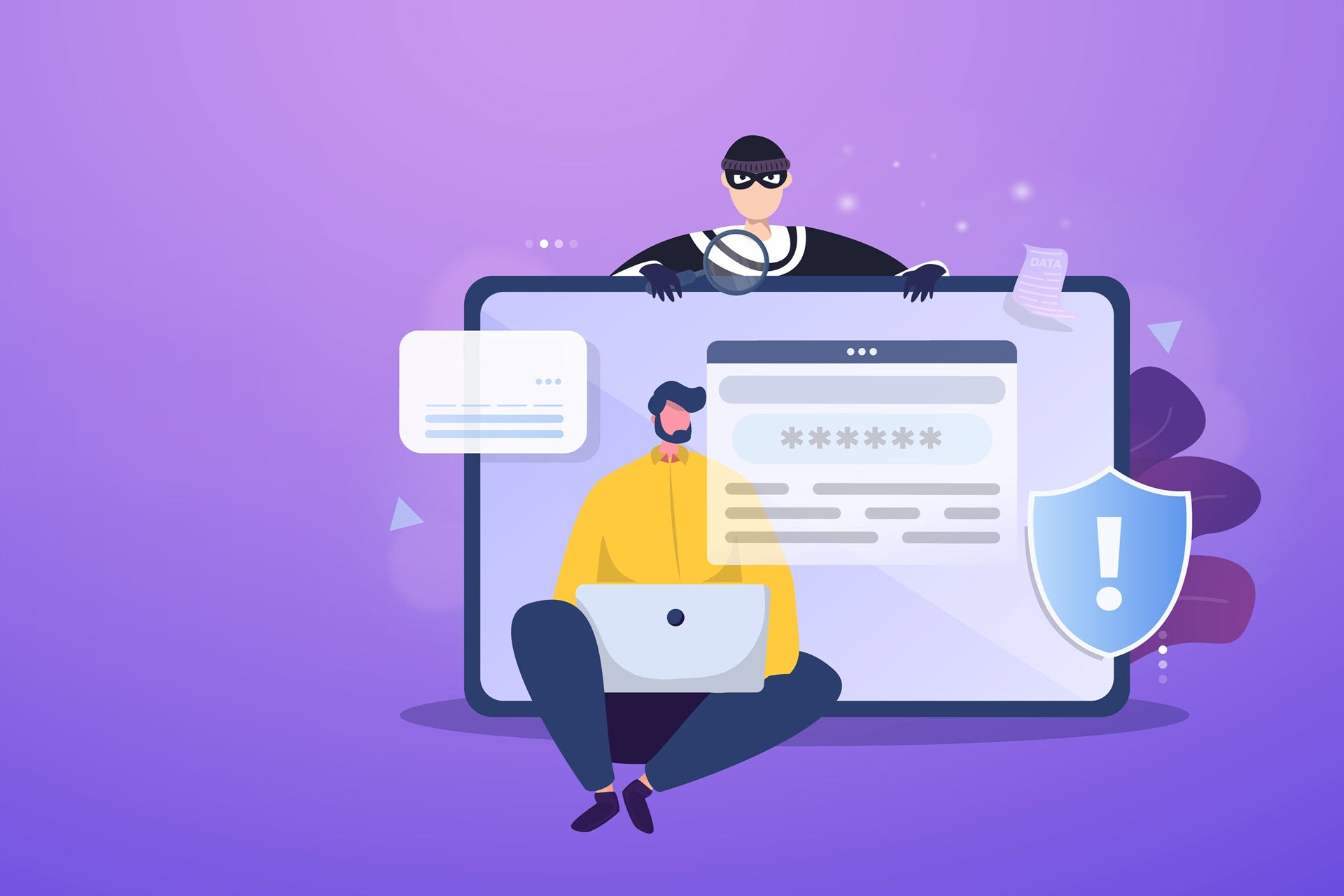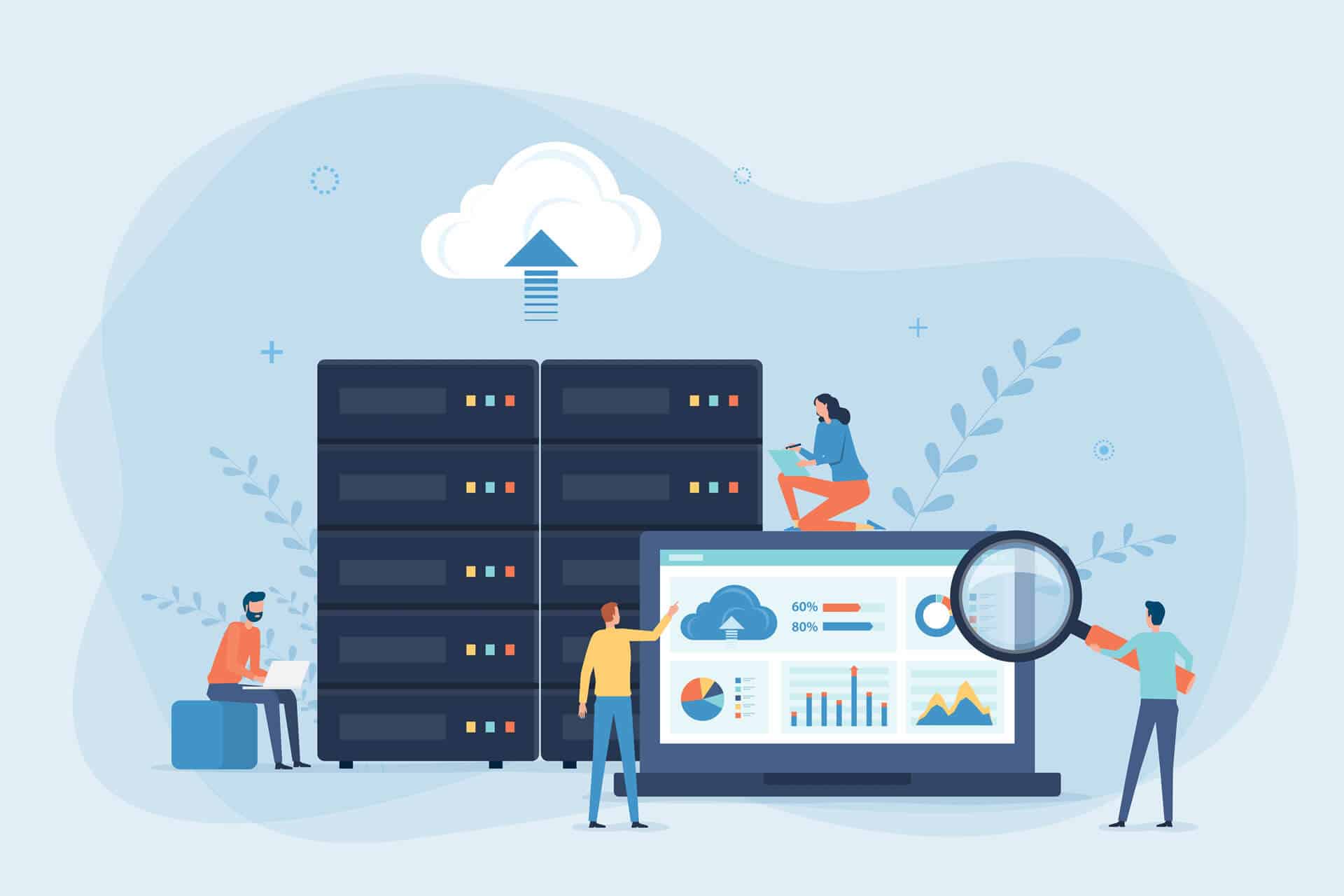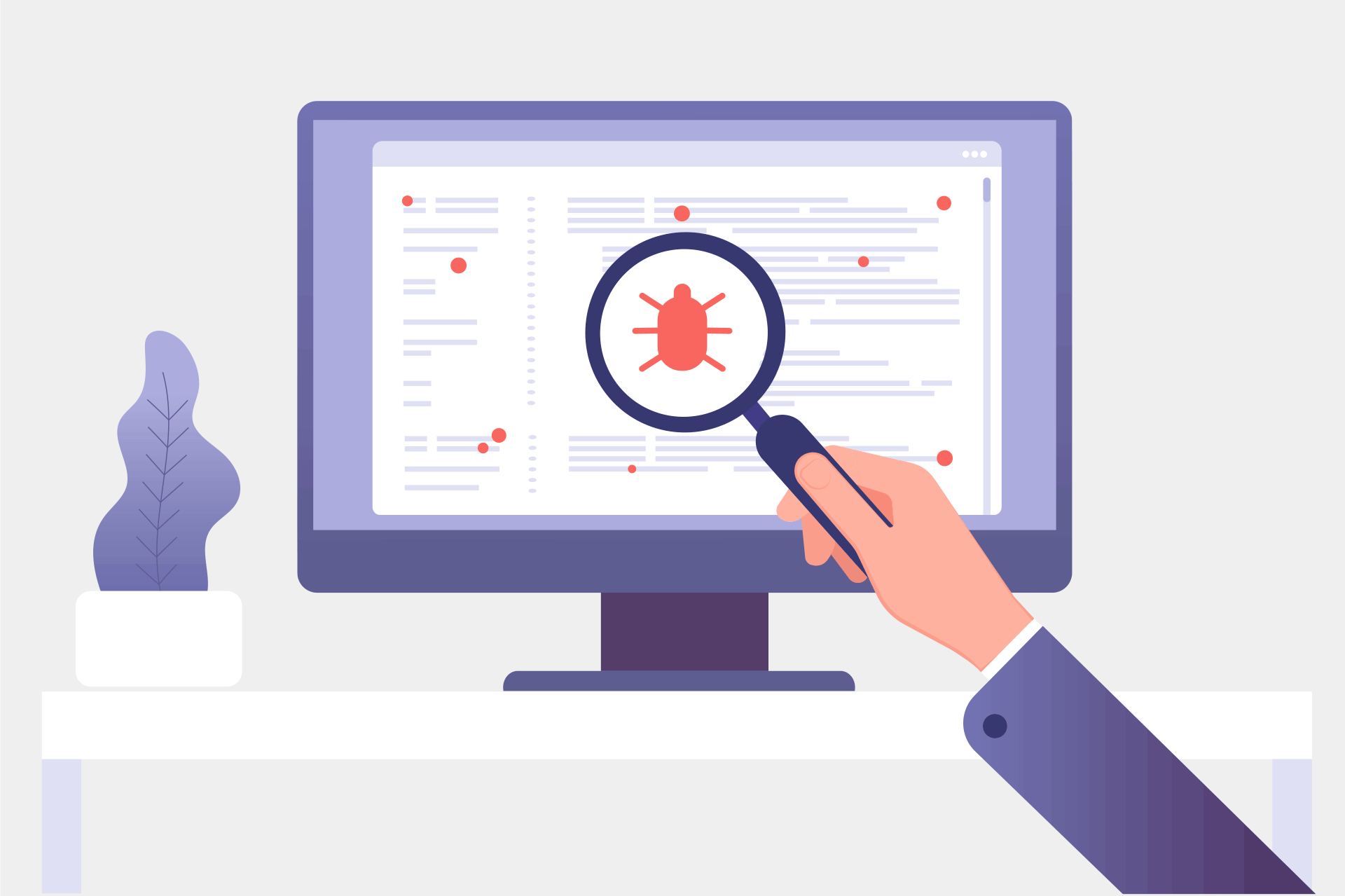Network security is the practice of protecting computer networks and the data they transmit. It involves various measures to prevent unauthorized access to, modification, or destruction of critical information.
While firewalls and encryption are the cornerstone of digital security, advanced cyber threats require a more comprehensive approach. Network security tools are designed to address these concerns. They offer a range of functionalities to identify, prevent, and mitigate cyber threats, acting as a vital layer of defense that complements traditional security measures.
This article explores the thirteen best network security tools, giving an overview of their capabilities and assisting you in selecting the solutions that best suit your needs.
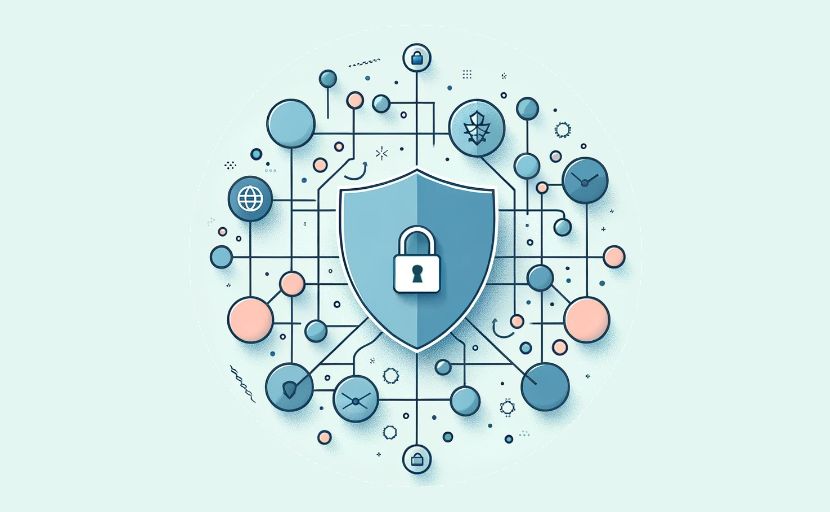
Benefits of Having Proper Network Security Tools
Here are the benefits of deploying network security tools:
- Threat detection and prevention. Network security tools like intrusion detection systems identify and block potential threats in real time, significantly reducing the risk of data breaches.
- Data protection. Encryption tools ensure data integrity and confidentiality, vital for organizations managing sensitive data.
- Access control. Implementing strict access controls, such as Role-Based Access Control (RBAC), minimizes the risk of insider threats and data leakage by ensuring that only authorized users can access specific network resources.
- Compliance. Security Information and Event Management (SIEM) systems help organizations comply with regulations by providing logging, monitoring, and analysis of security alerts.
- Minimized downtime. Network security tools prevent attacks or mitigate their impact, reducing the risk of disruptions and ensuring business continuity.
Best Network Security Tools
Below is a comprehensive overview of the best network security tools. We have carefully curated this selection to provide a balanced mix of solutions, highlighting their key features, pros, cons, and pricing.
1. Wireshark
Wireshark is an open-source network protocol analyzer that captures and dissects network packets. It provides an in-depth view of network traffic in real-time, aiding in troubleshooting and analysis.
Features
- Deep analysis of hundreds of protocols.
- Real-time data capture and offline analysis.
- Multi-platform support (Windows, Linux, macOS).
- Color-coded packet display for easy interpretation.
Pros
- Comprehensive analysis capabilities.
- Broad operating system compatibility.
- Free and open source.
Cons
- Steep learning curve.
- Limited utility in decrypting encrypted traffic.
Pricing
- Free.
Learn how to install Wireshark on Ubuntu.
2. SolarWinds Security Event Manager
A real-time incident detection and response tool, SolarWinds Security Event Manager simplifies log management and increases security efficiency, particularly for Windows Server environments.
Features
- Centralized log collection and management.
- Real-time event correlation for security incidents.
- Automated responses to common threats.
- Compliance reporting tools.
Pros
- Intuitive interface and easy to set up.
- Effective for managing compliance.
Cons
- Mainly suited for Windows environments.
- It can become costly for larger setups.
Pricing
- 30-day free trial.
- Offers subscription and perpetual licenses. Contact SolarWinds for a quote.
3. Nessus Professional
Nessus by Tenable is a highly regarded vulnerability scanner known for its extensive database of vulnerabilities. It's designed to scan networks, systems, and applications for security weaknesses.
Features
- High-speed asset discovery.
- Vulnerability assessment with detailed reporting.
- Configurable notifications and alerts.
- Supports cloud, virtual, and physical infrastructures.
Pros
- Extensive plugin library.
- Customizable reports.
Cons
- It can be resource-intensive.
- Complexity may overwhelm inexperienced users.
Pricing
- Nessus Expert starts at $5,990 for a one-year subscription, with options for multi-year licenses.
- Advanced support and training are available for an extra fee.
4. Snort
Snort is an open-source intrusion detection and prevention system that performs real-time traffic analysis and packet logging on IP networks.
Features
- Real-time traffic analysis and packet logging.
- Protocol analysis and content matching.
- Customizable detection rules.
Pros
- Highly configurable.
- Strong community support.
- Free and open source.
Cons
- Complexity in setup and configuration.
- Requires maintenance to keep rules up to date.
Pricing
- Free.
5. Splunk Enterprise Security (Splunk SIEM)
Splunk Enterprise Security is a leading SIEM solution that leverages big data analytics to provide insights into machine data for real-time threat detection, investigation, and response.
Features
- Real-time monitoring and alerts.
- Advanced analytics and machine learning.
- Incident response and forensic investigation capabilities.
- Compliance reporting and management.
Pros
- Scalable and flexible platform.
- Robust data analytics and visualization.
Cons
- Steep learning curve.
Pricing
- Pricing is not publicly available on their website and varies based on data ingestion rates and features. The more data your organization generates, the higher the cost.
6. Metasploit
Metasploit is a powerful penetration testing framework that enables security teams to validate and improve their systems' defense by simulating various types of cyber attacks.
Features
- Exploit development and execution.
- Vulnerability scanning and analysis.
- Post-exploitation tools and payloads.
- Network and system reconnaissance tools.
Pros
- Wide range of exploits and tools.
- Active community and regular updates.
Cons
- Complex for beginners.
- Primarily uses a command-line interface.
Pricing
- The open-source version is free.
- Pricing for the pro version is not publicly available.
7. Burp Suite
Burp Suite is a comprehensive solution for web application security testing, offering a range of tools for scanning, probing, and attacking web applications to find vulnerabilities.
Features
- Automated and manual vulnerability scanning.
- Intruder tool for custom attack simulations.
- Repeater tool for manipulating and resending individual requests.
- Extensibility through custom plugins.
Pros
- Intuitive user interface.
- Detailed analysis and reporting.
Cons
- Steep learning curve.
- High total cost of ownership.
Pricing
- Community Edition is free.
- Professional Edition starts at $449 for a one-year subscription. Multiple users cannot share a single subscription, even if only one person uses it at a time.
8. OWASP ZAP
The OWASP Zed Attack Proxy (ZAP) is a free, open-source web application security scanner designed for finding vulnerabilities in web applications.
Features
- Automated scanner.
- Manual testing tools.
- Rest-based API for automation.
- Active and passive scanning modes.
Pros
- Community-driven project.
- Wide range of scanning capabilities.
- Free and open source.
Cons
- The interface can be overwhelming for beginners.
- Requires configuration for best results.
Pricing
- Free.
9. Kali Linux
Kali Linux is a Debian-based Linux distribution for advanced penetration testing and security auditing. It features a wide range of tools, from forensics to reverse engineering.
Features
- Over six hundred pre-installed penetration testing programs.
- Wide range of wireless device support.
- Custom kernel patched for injection.
- Developed in a secure environment.
Pros
- A comprehensive collection of security tools.
- Strong community and documentation.
Cons
- Not recommended for beginners.
- Requires substantial system resources.
Pricing
- Free.
Read our guide on Kali Linux tools to get the most out of this distribution.
10. CrowdStrike Falcon
CrowdStrike Falcon is a cloud-delivered endpoint security platform that combines antivirus, endpoint detection and response, and a 24/7 managed hunting service.
Features
- Next-generation antivirus.
- Endpoint detection and response.
- Managed threat hunting.
- Proactive maintenance and management of your IT environment.
Pros
- Cloud-native architecture.
- Lightweight agent.
Cons
- Pricing can be high for small organizations.
- Complex features may require training.
Pricing
- Free 15-day trial.
- Falcon Pro costs $499 for a one-year subscription with a five-device minimum.
- Falcon Enterprise costs $924 for a one-year subscription with a five-device minimum.
- Falcon Elite pricing is not publicly available.
11. Endpoint Protector by CoSoSys
Endpoint Protector provides advanced data loss prevention for monitoring and controlling endpoint activities. It helps organizations prevent data breaches by securing sensitive data at rest, in transit, and in use across the network.
Features
- Content and context inspection for data at rest and in motion.
- Device control for USBs and other peripheral devices.
- Enforced encryption for data on removable devices.
- Automatically identifies and locates sensitive data stored on endpoint devices within an organization.
Pros
- Comprehensive data loss prevention solution.
- Easy to deploy and manage.
- Supports a wide range of devices and operating systems.
Cons
- It may require fine-tuning to reduce false positives.
Pricing
- CoSoSys doesn't publicly disclose pricing information for Endpoint Protector on its website. Contact the vendor directly for a personalized quote.
12. Forcepoint NGFW (Next Generation Firewall)
Forcepoint NGFW offers advanced protection against malicious activities and unauthorized access. It integrates seamlessly into the broader Forcepoint security ecosystem.
Features
- Unified management for distributed networks.
- Intrusion prevention system.
- Advanced malware detection.
- High availability and clustering for continuous protection.
Pros
- Strong multi-layered security.
- Scalable across large and distributed environments.
- Centralized management and reporting.
Cons
- Configuration complexity for advanced features.
- Cost-prohibitive for smaller organizations.
Pricing
- Forcepoint doesn't publicly disclose pricing information for their product.
13. Palo Alto Networks Next-Generation Firewalls
Palo Alto Networks delivers industry-leading capabilities with its next-generation firewalls, providing comprehensive visibility and control over all traffic, including encrypted communications.
Features
- Application, user, and content identification and control.
- Advanced threat protection.
- SSL decryption.
- Integrated intrusion prevention system.
Pros
- Exceptional traffic visibility and control.
- Continuous updates with the latest threat intelligence.
- Robust performance and scalability.
Cons
- Deployment and management complexity.
Pricing
- Palo Alto Networks does not provide specific pricing on its website.
How to Choose the Best Network Security Software?

Here are the key considerations to evaluate when choosing network security software.
Comprehensive Coverage
Evaluate the types of threats the software protects against, including malware, ransomware, phishing, and advanced persistent threats. The solution should also offer comprehensive protection across various attack vectors such as email, web, endpoint, and network traffic.
Additionally, the software must be capable of securing all necessary assets, including on-premises hardware, cloud services, and mobile devices.
Scalability and Flexibility
Choose software that can scale with your organization, accommodating growing numbers of users and devices and increasing data volume without significant performance degradation.
Ease of Use and Management
An intuitive user interface is essential for efficient monitoring and management and reducing the likelihood of human error. Additionally, the ability to automate repetitive tasks and seamlessly integrate with other security and IT management tools significantly reduces the workload of security teams.
Performance and Reliability
Security software should not substantially impede your system’s function. Look for solutions that maintain high performance while ensuring reliable protection with minimal downtime, supported by vendor uptime guarantees.
Real-time Detection and Response
It is critical to detect and respond to threats in real time. Choose solutions that offer fast detection capabilities, including automatic threat containment and mitigation and comprehensive incident response workflows.
Regulatory Compliance
If your organization is subject to regulatory requirements, choosing software that helps maintain compliance with laws like GDPR, HIPAA, or PCI-DSS is essential. Effective reporting tools are necessary for demonstrating compliance to auditors and stakeholders.
Customization and Policy Management
The ability to thoroughly customize the software to meet specific security needs and business goals is crucial. Look for solutions that allow granular control over security policies to effectively manage user access, data protection, and other security aspects.
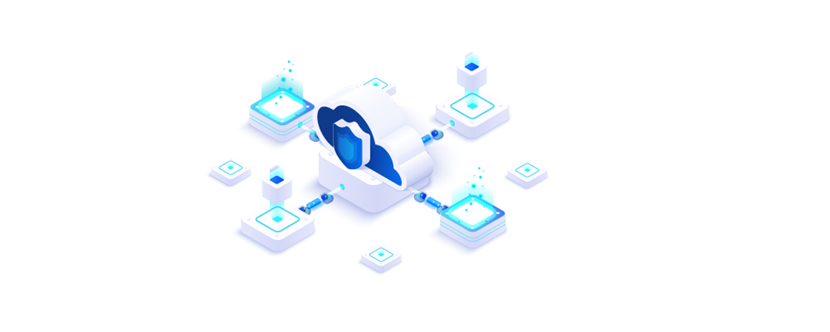
With phoenixNAP's Data Security Cloud, you don't need external security tools because it offers a comprehensive, multi-layered approach to data protection built directly into the platform.
Leveraging industry-leading technology from Intel and VMware, it provides a secure hardware foundation, enforces strict virtualization and segmentation, utilizes advanced threat intelligence, and boasts robust physical security measures. These features eliminate the need for you to manage and integrate separate security tools, saving you valuable time and resources while ensuring the highest level of data security.
Choose the Right Tools and Maintain Vigilance
Network security tools are a key part of any IT security policy, helping protect against cyber threats, ensure compliance, and support business continuity. Selecting the right tools means focusing on organizational needs, vendor reliability, and compatibility while keeping setups simple and well-integrated. Because security is continuous, regular assessments, tool updates, and ongoing security awareness training are essential for maintaining strong protection.
